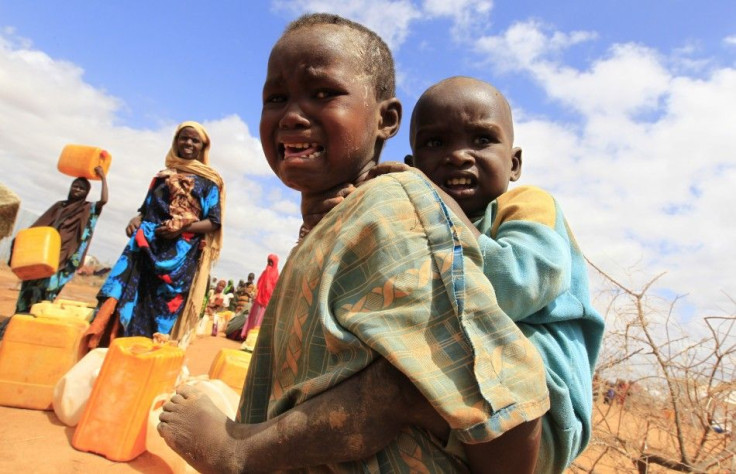Somalis Fleeing War and Drought Pouring Into Kenya

Kenya has witnessed a dramatic rise in the number of Somali refugees fleeing that country’s endless wars and, now, the worst drought in six decades, according to humanitarian groups.
Save the Children reported that 1,300 Somalis (including at least 800 children) are arriving daily at the already overcrowded Dadaab refugee camp in Kenya. Over the past year, the monthly volume of people arriving has more than doubled. Many of the newcomers are malnourished, exhausted and dehydrated.
There's been a dramatic rise [in the number of Somali refugees], said Melissa Fleming, spokesperson of the UN High Commissioner for Refugees.
Not only is the number of cases shocking. It's the conditions; it's the state of the people as they arrive.”
Also, the United Nations refugee agency estimates that almost 118,000 Somalis have also crossed into Ethiopia, including 31,000 in the just past five months alone.
Somalia has descended into lawless anarchy as the al-Shabab Islamic group has waged a civil war against Somalia's transitional government, which is supported by African Union peacekeepers.
According to Agence France Presse, it is believed that 750,000 Somalis have fled to neighboring countries, while another 1.46 million have been displaced within the country’s borders itself.
Further complicating matters are the severe drought that is wracking Somalia -- The UN's World Food Program (WFP) believes that 2.5-million Somalis are presently hurt by drought. However, that number may be an under-estimate since it is unknown how many people are suffering in parts of the country which are thought to be dominated by Islamists.
Nairobi-based Peter Smerdon of WFP told BBC: We are not working in areas of the South controlled by al-Shabab after our teams were threatened, intimidated and there were demands for payment.”
Meanwhile, more and more desperate Somalis continue to pour into Dadaab, which is believed to be the world’s biggest refugee camp. Designed to hold just 90,000 people, it is now bursting at the seams with at least 350,000.
Many of the arrivals have walked for a month or more from Somalia.
A mother arrived at one of our feeding centers saying she'd actually left her children behind in a village because she couldn't watch them die, Sonia Zambakides, Save the Children's Emergency Manager for Somalia, told BBC.
She had walked away and left her six children in a house. Two of them ended up dying and we managed to reach four others. Children are arriving into Dadaab barefoot, after walking six weeks. They're covered in sores and wounds, they're acutely malnourished, they're completely dehydrated and that is preferable to the conditions they are living in south-central Somalia.
Many children are in dire need of medical care, according to Medecins Sans Frontieres (Doctors Without Borders).
The refugee plight is expected to worsen as there appears to be no end in sight to either the civil war or drought in Somalia. The drought is also affecting parts of northern Kenya, Djibouti and Ethiopia – all told, about 10-million people across a broad swath of land are suffering from it.
The UN's Office for the Co-Ordination of Humanitarian Affairs (OCHA) described it as an emergency crisis.
© Copyright IBTimes 2024. All rights reserved.





















